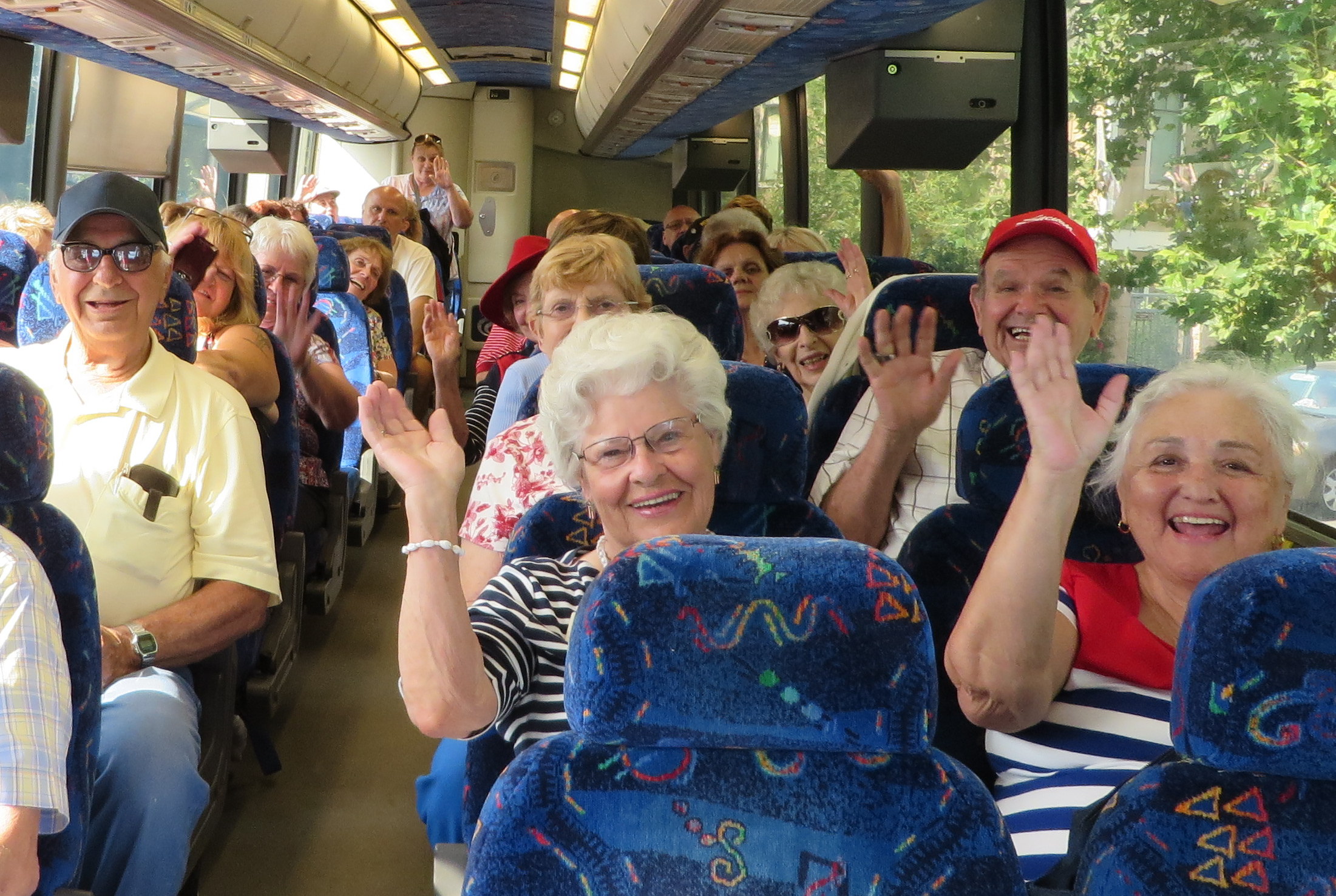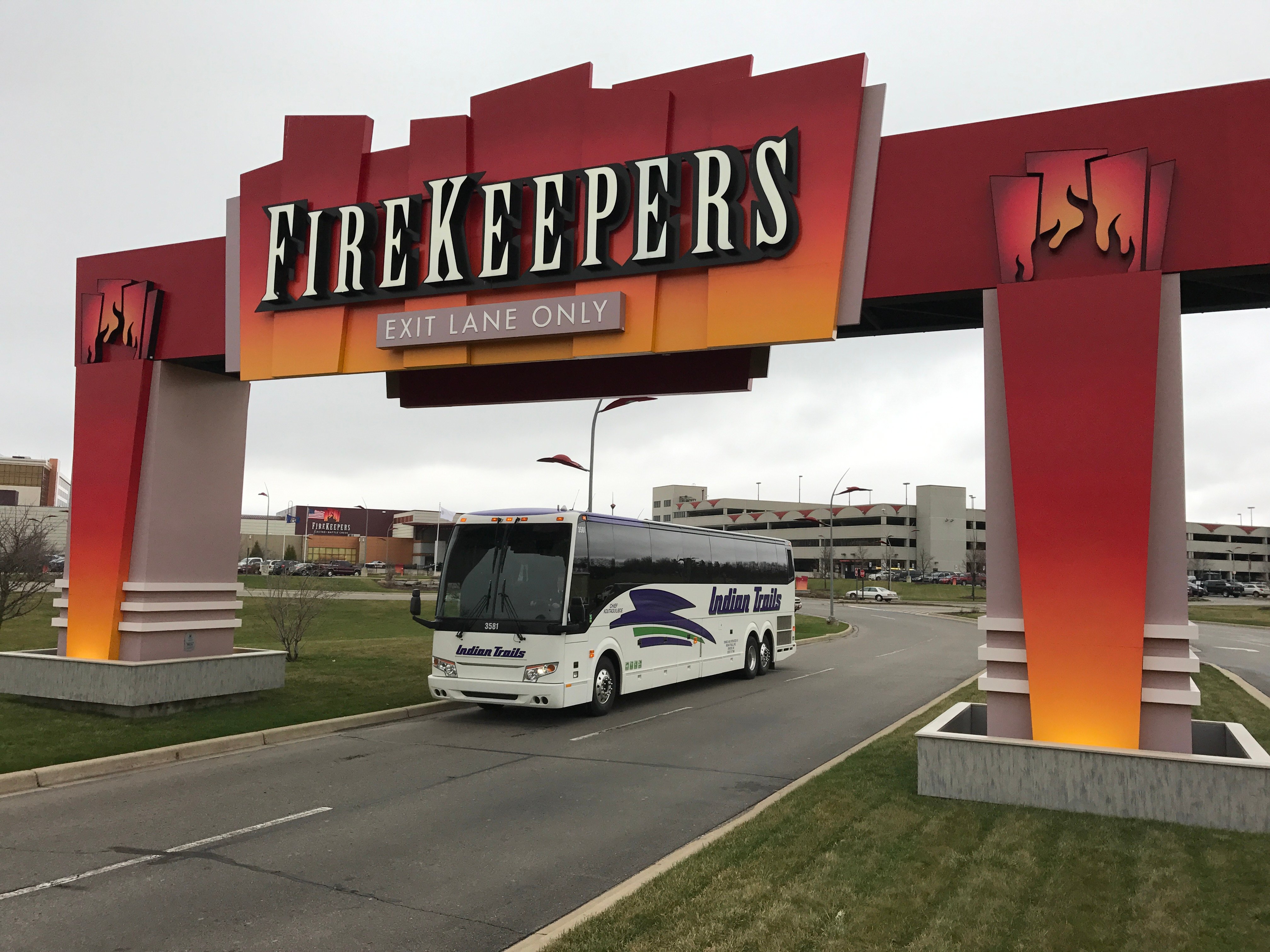Bus trips for seniors are experiencing a surge in popularity, offering a convenient and affordable way to explore new destinations and create lasting memories. This comprehensive guide delves into the planning, logistics, and considerations involved in organizing a memorable and safe bus trip for older adults, covering everything from choosing the right tour operator to budgeting and addressing potential health concerns.
From day trips to multi-week excursions, the options are vast and cater to diverse interests and physical capabilities. We’ll explore various trip types, highlighting the advantages and disadvantages of each, and providing practical advice for seniors and their families to ensure a smooth and enjoyable journey. The guide also covers essential aspects like accessibility, safety, and budgeting, empowering seniors to confidently plan their next adventure.
Budgeting for a Senior Bus Trip: Bus Trips For Seniors
Planning a memorable bus trip for seniors requires careful budgeting to ensure a comfortable and enjoyable experience without exceeding financial limitations. This involves a detailed breakdown of anticipated costs and exploring various cost-saving strategies. A well-structured budget allows for better financial management and minimizes the risk of unexpected expenses.
Transportation Costs
Transportation forms the cornerstone of any bus trip. The primary expense here is the cost of chartering a bus, which varies significantly depending on the size of the bus, the distance traveled, and the duration of the trip. Smaller, more fuel-efficient buses may be more cost-effective for smaller groups. Negotiating with bus companies and booking well in advance can also secure better rates.
Consider also the potential costs of fuel surcharges, which can fluctuate based on market conditions. For example, a 50-passenger bus for a three-day trip covering a 500-mile radius might cost between $3,000 and $5,000, while a smaller bus for a shorter trip could cost considerably less.
Accommodation Expenses
Accommodation costs represent a substantial portion of the budget. Options range from budget-friendly motels to more luxurious hotels, with prices varying based on location, amenities, and the time of year. To minimize expenses, consider selecting accommodations outside major city centers or opting for group discounts. For instance, booking a block of rooms at a hotel well in advance can often lead to significant savings compared to individual bookings.
A realistic budget should factor in the average cost per night per person and multiply it by the number of nights and the number of participants.
Activity and Entertainment Costs, Bus trips for seniors
Activities and entertainment are integral to a successful senior bus trip. Costs vary considerably depending on the chosen activities. Free activities, such as sightseeing tours of local landmarks or nature walks, can significantly reduce expenses. Paid activities, such as museum entries or theme park tickets, should be budgeted accordingly, considering group discounts where applicable. A well-balanced itinerary that combines free and paid activities can help maintain a reasonable budget.
For example, a trip could include a free walking tour of a historical city followed by a paid visit to a local museum offering senior discounts.
Meal Costs
Food and beverage costs are another significant aspect of the budget. Options range from pre-packaged lunches to restaurant meals. Planning meals in advance and opting for affordable dining options can help control costs. Packing some meals or snacks can significantly reduce restaurant expenses. Consider group discounts at restaurants or catering services for larger groups.
For example, arranging for a catered lunch at a scenic location could be more cost-effective than individual restaurant meals for a large group.
Cost-Saving Strategies for Senior Bus Trips
Planning ahead is crucial for cost savings. Booking transportation and accommodation well in advance can often secure lower prices and better deals. Seeking group discounts on attractions and meals can significantly reduce overall expenses. Choosing destinations during the off-season or shoulder season can also lead to lower accommodation and transportation costs. Exploring free or low-cost activities, such as picnics in parks or exploring local markets, can enhance the trip without increasing costs.
Payment Options and Financing Methods
Several payment options exist for senior bus trips. Participants can pay individually or collectively through a group fund. Payment plans can be arranged to make payments more manageable. Some organizations offer financing options specifically for senior travel, allowing for installments over a period of time. Using credit cards with travel rewards programs can also offer benefits.
Exploring fundraising options, such as selling baked goods or organizing a raffle, could help supplement the trip budget.
Accessibility and Support on Bus Trips

Planning a senior bus trip requires careful consideration of accessibility and support services to ensure a safe and enjoyable experience for all participants. Many tour operators now prioritize inclusivity, offering a range of features and assistance tailored to the needs of older travelers. Understanding these provisions is crucial for selecting the right trip and making informed booking decisions.
Modern buses designed for senior travel often incorporate several accessibility features to accommodate diverse needs. These features significantly improve the comfort and safety of the journey for individuals with mobility limitations or other special requirements. Careful planning and communication are key to a smooth and enjoyable trip.
Bus Accessibility Features
A wide array of features are designed to make bus travel easier for seniors. These features range from practical design elements to specialized equipment.
- Wheelchair Lifts and Ramps: Many modern buses are equipped with wheelchair lifts or ramps, enabling easy boarding and disembarking for wheelchair users. These are usually hydraulically powered and designed for safe and smooth operation.
- Kneeling Buses: Some buses can lower their chassis, reducing the step height for easier boarding and alighting. This feature minimizes the strain on joints and improves stability for those with mobility challenges.
- Wide Aisles and Seating: Buses designed for seniors often feature wider aisles and seats to allow for easier movement and wheelchair maneuverability. This also provides more space for passengers to comfortably stand or move around.
- Designated Seating Areas: Many buses offer designated seating areas closer to exits or with extra legroom for seniors or those with mobility issues. This ensures easy access to restrooms and minimizes walking distances.
- Restrooms with Accessibility Features: Accessible restrooms with grab bars, wider doorways, and ample space are becoming increasingly common on buses catering to seniors. These facilities are essential for comfort and convenience during long journeys.
Support Services During Bus Trips
Beyond the physical accessibility features of the bus itself, comprehensive support services are crucial for ensuring a comfortable and safe journey for seniors. These services address various needs, ensuring peace of mind for both travelers and their families.
- Onboard Medical Assistance: Some tour operators provide trained personnel on board who can offer basic medical assistance, such as first aid and monitoring of chronic conditions. This proactive approach ensures timely response to any medical emergencies during the trip.
- Personal Care Assistance: For seniors requiring assistance with personal care tasks, some companies offer personalized support services. This may include help with medication, dressing, or other daily needs.
- Emergency Contact Information: Clear and readily available emergency contact information for both the tour operator and medical services is essential. This ensures quick access to help in case of unforeseen circumstances.
- Scheduled Rest Stops: Frequent and well-planned rest stops are crucial for seniors’ comfort and well-being. These breaks provide opportunities to stretch, use restrooms, and refresh.
Requesting Special Assistance or Accommodations
When booking a senior bus trip, clearly communicating any special needs or requests is paramount to ensuring a smooth and comfortable experience. Proactive communication is key to receiving the necessary support.
Travelers should inform the tour operator about any accessibility requirements or support services needed during the booking process. This allows the operator to make the necessary arrangements and ensure appropriate accommodations are in place. Providing detailed information about specific needs, such as wheelchair type or medical conditions, enables the operator to tailor the trip to individual requirements. Confirming these arrangements in writing provides a record of the agreed-upon support and helps to avoid misunderstandings.
Planning a bus trip for seniors requires careful consideration, but the rewards – new experiences, lasting friendships, and unforgettable memories – are immeasurable. By following the guidelines and tips Artikeld in this guide, seniors can embark on their adventures with confidence and peace of mind, knowing they’ve taken the necessary steps to ensure a safe, enjoyable, and enriching experience. Remember to research thoroughly, choose reputable operators, and prioritize your health and safety throughout the planning and travel process.
When investigating detailed guidance, check out brooksby village peabody ma now.


